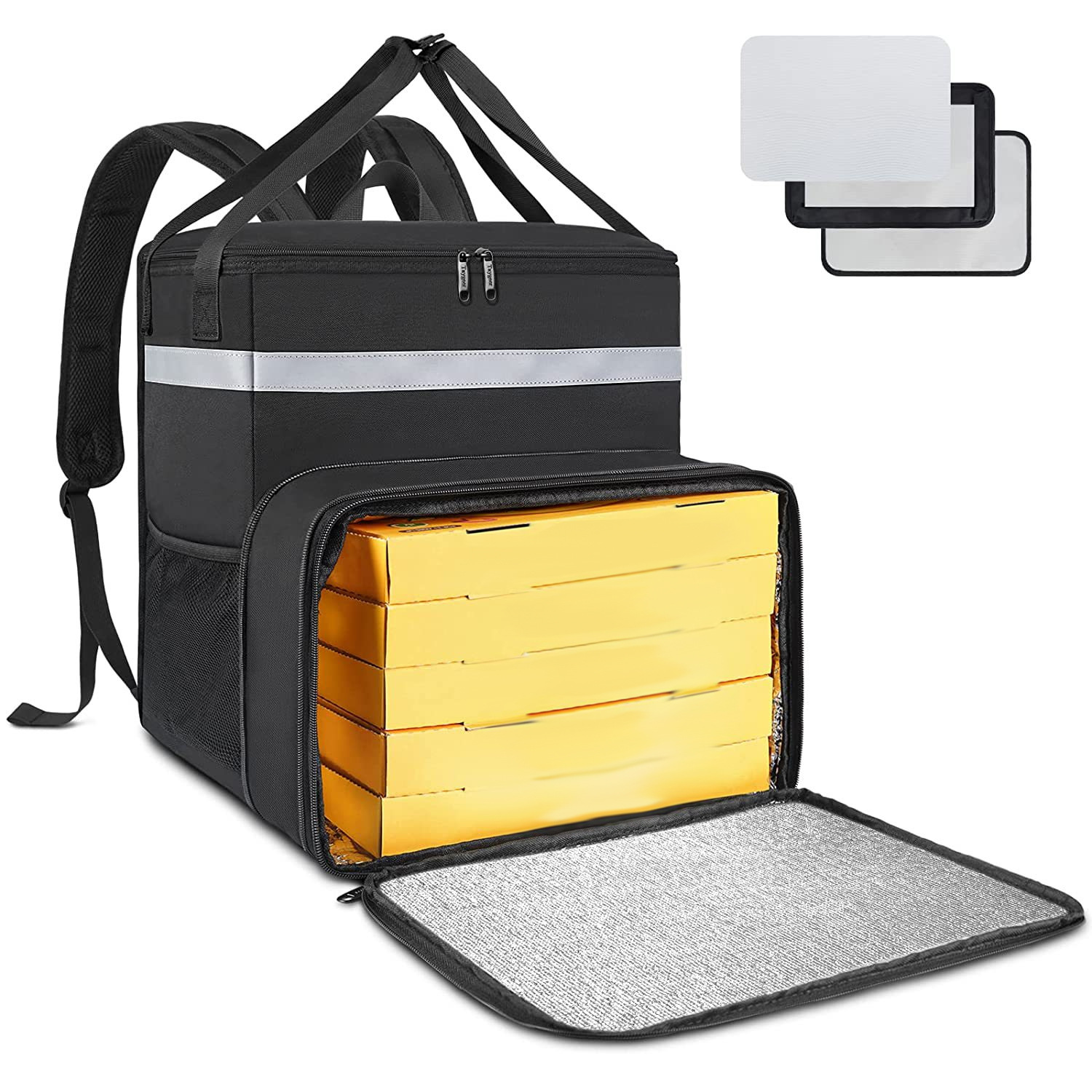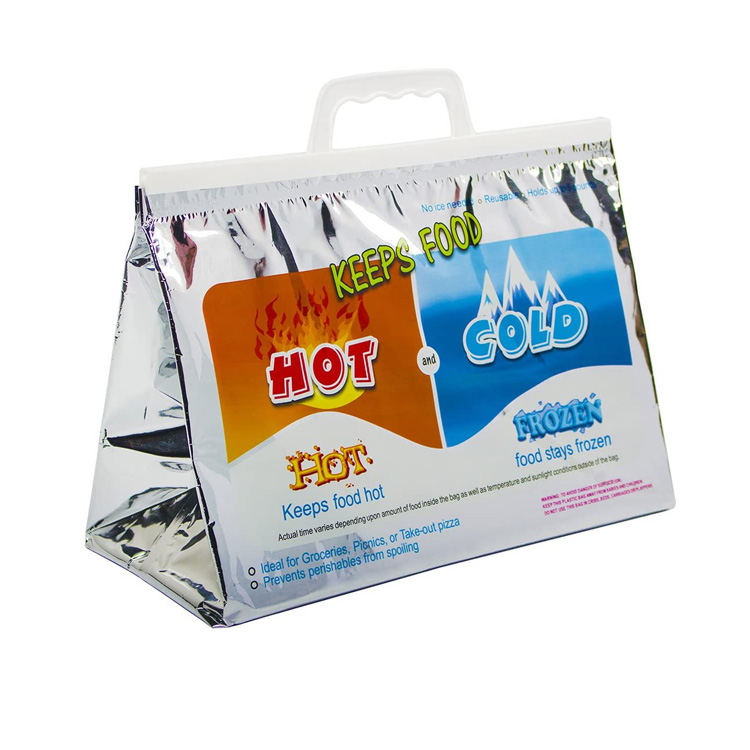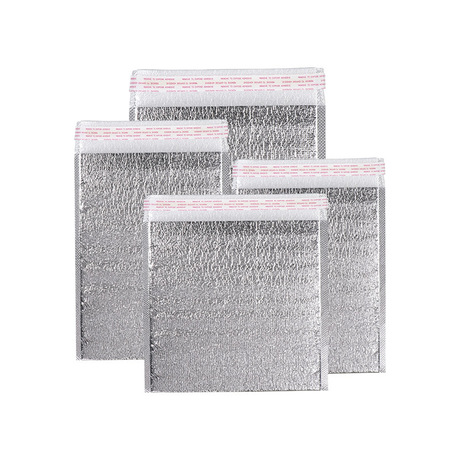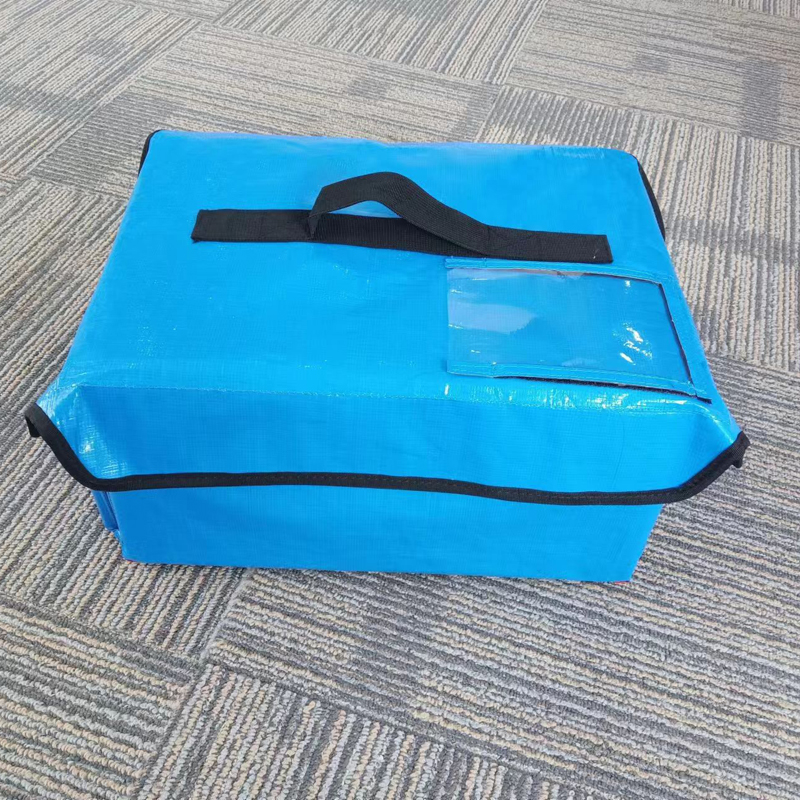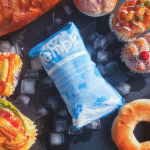Trockeneisbacken sind in verschiedenen Anwendungen sehr wertvoll, einschließlich medizinischer Behandlungen, Lebensmittelkonservierung, und Aktivitäten im Freien. Jedoch, Lecks können ihre Wirksamkeit beeinträchtigen und Unannehmlichkeiten oder sogar Sicherheitsrisiken verursachen. Um sicherzustellen, dass Ihre Trockeneisbacken zuverlässig und leckfrei bleiben, Betrachten Sie den folgenden beruflichen Rat:
1. Wählen Sie hochwertige Eisbeutel
Wählen Sie seriöse Marken: Entscheiden Sie sich für Trockeneisbeutel von professionellen und bekannten Herstellern, die sich an strenge Qualitätskontrollstandards halten. Hochwertige Eisbeutel haben seltener Herstellungsfehler, Dadurch werden die Möglichkeit von Lecks verringert.
Überprüfen Sie die Materialqualität: Wählen Sie Eisbeutel aus langlebig gemacht, punkthalte Materialien. Diese Materialien verhindern besser reißen und durchstopfen.
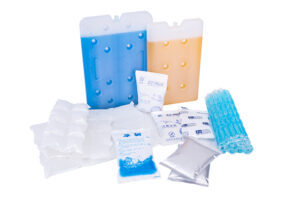
2. Vor dem Gebrauch überprüfen
Visuelle Inspektion: Vor jedem Gebrauch, Überprüfen Sie den Eisbeutel gründlich auf Anzeichen von Schäden, wie Risse, Punktionen, oder beschädigte Kanten. Verwenden Sie keine beschädigten Eisbeutel, Da sind sie anfälliger für Undicht.
Überprüfen Sie die Siegel: Stellen Sie sicher, dass alle Teile des Eisbeutels intakt und sicher sind. Defekte Dichtungen können dazu führen, dass der Eisbeutel während des Einfrierens oder Auftauens aufgrund der Ausdehnung brechen kann.
3. Richtige Speicherung
In einem Cool speichern, Trockener Ort: Halten Sie trockene Eisbeutel in einer Kühle, Trockene Umgebung, weg von direktem Sonnenlicht und extremen Temperaturen. Übermäßige Wärme kann zu materieller Alterung führen, Erhöhen des Risikos von Lecks.
Verwenden Sie Schutzabdeckungen: Wenn nicht verwendet, Speichern Sie Eisbeutel in Schutzdeckel oder Behältern, um das Alterung des Materials zu verhindern, physischer Schaden, und zufällige Punktionen.

4. Mit Sorgfalt verarbeiten
Sanftes Handling: Vermeiden Sie es zu fallen, Drücken, oder übermäßige Kraft auf trockene Eisbeutel auftragen. Das raue Handling kann Mikroverriegelungen erzeugen oder das Material beschädigen, was zu Lecks führt.
Vermeiden Sie scharfe Gegenstände: Halten Sie Eisbeutel von scharfen Gegenständen oder anderen Gegenständen fern, die versehentlich das Material durchstechen oder reißen.
5. Verwenden Sie geeignete Behälter
Schutzschichten: Beim Platzieren von Eisbeutel in Beutel oder Behälter platzieren, Verwenden Sie eine zusätzliche Schutzschicht wie ein Handtuch oder Tuch. Dies liefert zusätzliche Polsterung und verringert das Risiko von Ausfällen durch externen Druck oder scharfe Kanten.
Sichern Sie die Platzierung: Stellen Sie sicher, dass Eisbeutel sicher in ihren Behältern platziert werden, um Bewegungen zu verhindern, die Reibung oder versehentliche Schäden verursachen können.
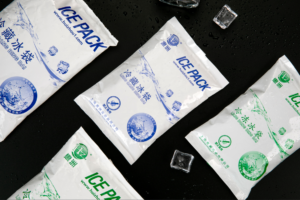
6. Temperaturregelung
Schrittweise Einfrieren: Einfrieren Sie Eisbeutel nach und nach, um die Belastung der Materialien zu verringern. Schnelle Temperaturänderungen können den Eisbeutel spröde machen und anfälliger für Risse oder Leckern.
Vermeiden Sie leere Packungen einfrieren: Frieren Sie niemals einen leeren Eisbeutel ein. Der Mangel an interner Unterstützung kann dazu führen, dass das Paket zusammenbricht oder verformt, Dies führt zu potenziellen Lecks beim Nachfüllen.
7. Regelmäßige Wartung
Richtige Reinigung: Nach jedem Gebrauch, Reinigen Sie den Eisbeutel gemäß den Anweisungen des Herstellers. Entfernen Sie alle Rückstände oder Verunreinigungen, die das Material im Laufe der Zeit beeinträchtigen könnten.
Gründliches Trocknen: Stellen Sie sicher, dass der Eisbeutel vollständig trocken ist, bevor Sie es bei Raumtemperatur aufbewahren. Hohe Temperaturen können das Alterung des Materials beschleunigen, und Feuchtigkeit kann das Material schwächen und das Schimmelwachstum fördern, Beide können zu Lecks führen.

8. Befolgen Sie die Anweisungen der Hersteller
Richten Sie sich an Richtlinien: Lesen Sie sorgfältig durch und folgen Sie allen Gebrauch, Reinigung, und Speicheranweisungen vom Hersteller. Diese Richtlinien sollen die Lebensdauer und Leistung des Produkts maximieren.
Garantiebedingungen: Verstehen Sie die Bedingungen der Garantie. Die ordnungsgemäße Nutzung gemäß den Empfehlungen des Herstellers stellt sicher, dass Sie im Falle von Mängel oder vorzeitigen Lecks bedeckt bleiben.
9. Verwenden Sie Schutzzubehör
Schutzabdeckungen: Verwenden Sie Schutzhülsen oder -abdeckungen, die speziell für Eisbeutel ausgelegt sind. Dieses Zubehör fügt eine zusätzliche Schutzschicht vor Ausfällen und Abrieb.
Sichere Befestigungen: Wenn Sie Eisbeutel in medizinischen oder therapeutischen Umgebungen verwenden, Stellen Sie sicher, dass sie sicher befestigt sind, um Bewegungen zu verhindern, die Verschleiß verursachen können.

10. Investieren Sie in leckere Konstruktionen
Doppelschichtkonstruktion: Betrachten Sie Eisbeutel mit einem Doppelschicht-Design, wobei die innere Schicht das kalte Medium hält und die Außenschicht zusätzlichen Schutz bietet, um den Leckwiderstand zu verbessern.
Fortgeschrittene Versiegelungstechnologien: Suchen Sie nach Eisbeutel, die fortschrittliche Versiegelungstechnologien enthalten, wie wärmeversiegelte Kanten oder verstärkte Nähte, Verbesserung des Leckwiderstandes.
11. Bei Bedarf ersetzen
Lebensdauer verstehen: Beachten Sie die erwartete Lebensdauer Ihrer Eisbeutel und ersetzen Sie sie, wenn sie erhebliche Verschleiß zeigen, Schaden, oder reduzierte Leistung.
Vorbeugender Ersatz: Auch wenn es keine sichtbaren Anzeichen von Lecks gibt, Erwägen Sie, ältere Eisbeutel regelmäßig zu ersetzen, um eine optimale Leistung und Sicherheit zu gewährleisten.

12. Notfallvorsorge
Leckspaltkits: Halten Sie verschüttete Kits oder saugfähige Materialien in Umgebungen zur Hand, in denen Eisbeutel verwendet werden, um Schäden oder Gefahren zu vermeiden, die durch Lecks verursacht werden.
Sofortige Handlung: Im Falle eines Lecks, Reinigen Sie sofort und enthalten den betroffenen Bereich, um ein Ausrutschen zu verhindern, Kontamination, oder andere potenzielle Probleme.
Abschluss
Das Verhindern von Trockeneislecks beinhaltet eine Kombination aus Auswahl hochwertiger Produkte, Mit Sorgfalt umgehen, Einhaltung der ordnungsgemäßen Verwendung und Wartungsprotokolle, und proaktiv bei der Identifizierung und Behandlung potenzieller Probleme. Durch Befolgen dieser beruflichen Beratung, Sie können sicherstellen, dass Ihre Trockeneisbeutel zuverlässig bleiben, wirksam, und sicher für alle Ihre Kühlbedürfnisse. Die richtige Pflege erweitert nicht nur die Lebensdauer Ihrer Eisbeutel, sondern verbessert auch ihre Leistung, Sie geben Ihnen in kritischen Situationen beruhigt.







